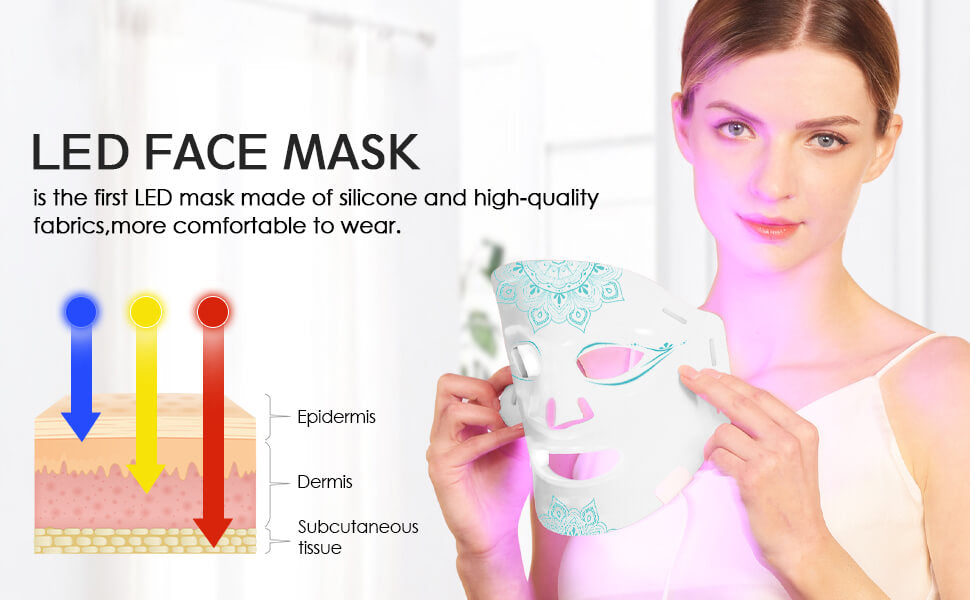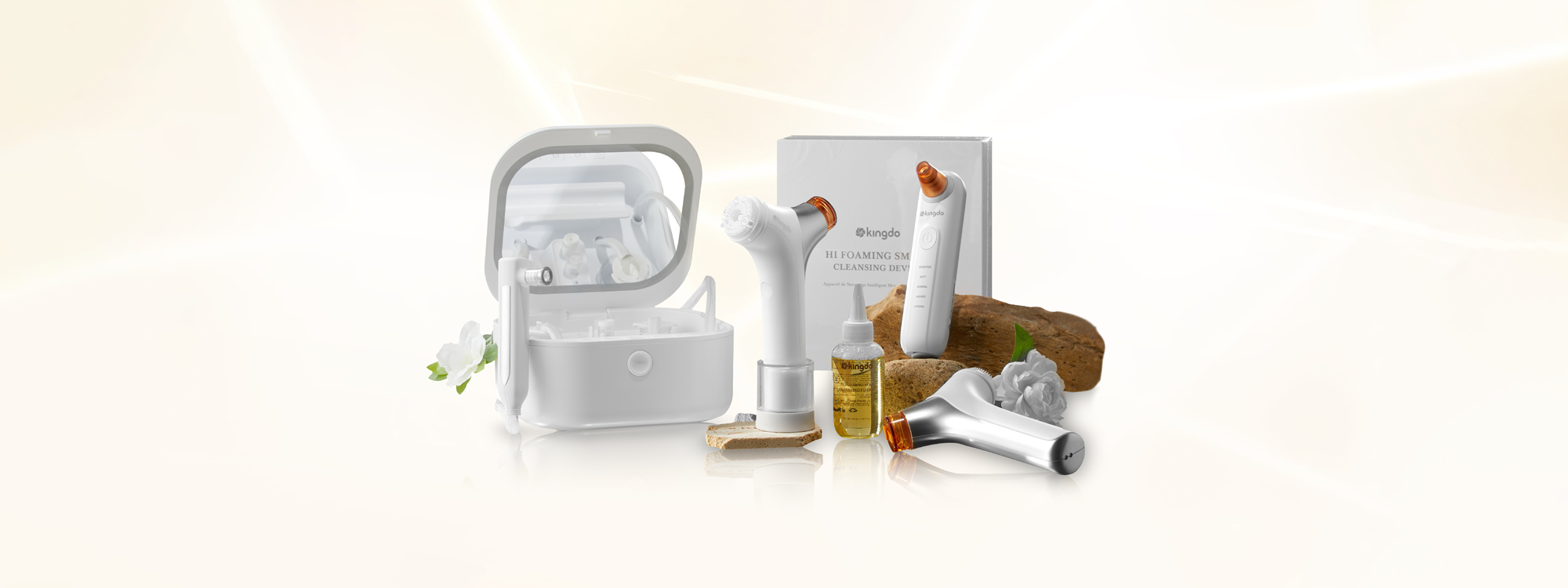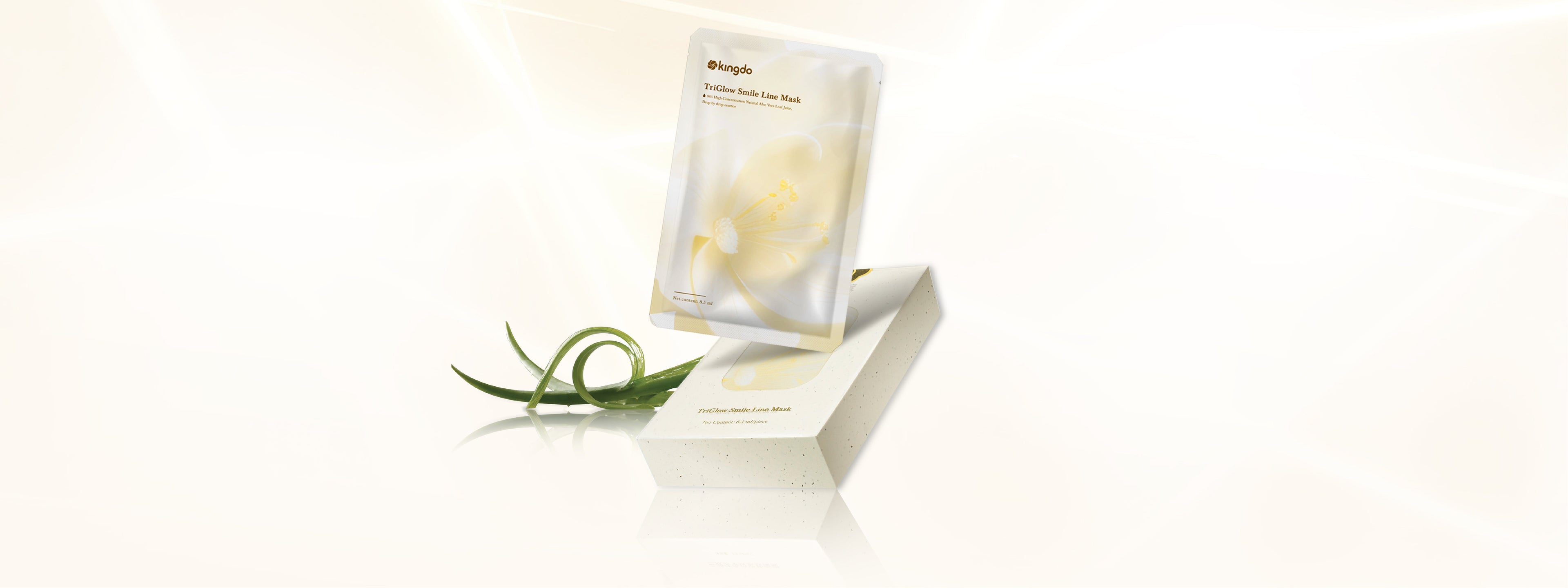Startseite
>
Education & Resources
>
Is Infrared Light Therapy Effective for Weight Loss and Skin Burn Treatment?

Is Infrared Light Therapy Effective for Weight Loss and Skin Burn Treatment?
New technologies for health and beauty, the hidden science behind near-infrared therapeutic devices
"Due to the COVID-19, LED skincare/weight loss at home is popular
With the advent of the exposure season, many people are paying attention to skincare and weight loss, but under the influence of the COVID-19, it is more popular to do beauty and body management at home. In particular, LED masks to help to accelerate skin metabolism, skin aging, wrinkles, fine lines, acne, whitening, and pigmentation. At the same time, the demand for LED half-body baths, LED weight loss equipment and other products have been increasing, and the LED market is rapidly growing.

Among them, many products use near-infrared technology. Does the LED product have a cosmetic effect, and what is the principle to achieve the effect? The effect and principle of LED products have attracted the attention of consumers.
Why use 'light'?

Before the release of LED masks and weight loss belts, hospitals were already using near-infrared LEDs for treatment. Papers have been published on the efficacy of near-infrared LEDs for the past 20 years. The paper shows that without the use of drugs, only low-intensity infrared and near-infrared light is released to relieve pain, reduce wrinkles, alleviate dementia, improve vision, heal wounds and increase hair volume. And many clinical trials have been conducted to demonstrate the effectiveness of medical devices using infrared and near-infrared LED lamps, and many papers have been published.
What is near infrared?
In the solar spectrum, there must be invisible light outside the red light, which is infrared. Infrared rays are often used for medical or industrial purposes because they have more thermal effects than visible or ultraviolet light, and are mainly used for disinfection, sterilization, and treatment of joints and muscles. The electromagnetic wave with the shortest wavelength in the infrared is near-infrared, which can penetrate 4~5 cm under the skin, has a good heat transfer effect, and produces ATP and nitric oxide, which greatly contribute to the treatment of diseases.
On the other hand, far infrared rays are a method of heating air and transferring heat, so the skin penetration rate is low, and there is a risk of burns.Near-infrared is the kind of light that is most beneficial to human beings. It does not carry high temperatures or ultraviolet rays. The light penetrates clothes (fibers) and penetrates deep into the skin (about 4~5 cm), showing better effects than far-infrared(2mm).Therefore, when LEDs are used for medical or cosmetic purposes, it is preferable to use near-infrared rays rather than far-infrared rays.
To perform light therapy, near-infrared light must be directed directly onto the skin, at which point the light penetrates the skin and is gradually absorbed by many cells.
The LED light therapy device proved in the paper is that it shows excellent therapeutic effects with few side effects when used for a long time. In 2017, physicians at the American College of Physicians (ACP) announced it as a recommended treatment for chronic low back pain.
✳ Use Cases of Near-Infrared Rays 1) Burn Treatment

The following are the results of a clinical trial using LED light therapy devices for pain relief and wound healing. According to the clinical trial, the patient suffered severe pain and damage to the skin on the back due to radiation therapy.
The size of the wound is about 20cmx15cm, so the daily life of the patient is very difficult. To treat this, the wound was first treated with hyperbaric oxygen, but the wound was not healed, so there were still many inconveniences in daily life.



To completely heal the wound, light therapy using infrared and near-infrared LEDs has made the wound recover normally and the patient's daily life (such as driving) is much more comfortable.
✳ Use Cases of Near-Infrared Rays 2) Obesity treatment
LED near infrared rays have excellent effects not only on wound healing but also on obesity treatment. Over the past decade, studies have been conducted on lipolysis, cellulite reduction, and improvement in lipid levels in the blood by light therapy (LLLT) using infrared lasers or LEDs.



The paper "Low-level laser therapy as a non-invasive approach for body contouring: A randomized, controlled study", co-authored by four people, Robert F. Jackson, MD, showed that infrared and near-infrared light is absorbed by fat cells and causes fat dissolution.When infrared and near-infrared light with wavelengths of 600 to 900nm is irradiated on the skin, the light penetrates the deep layer of 4~5cm of the skin and is absorbed by the cells, primarily when the light is absorbed by the mitochondria present in the cells, adenosine triphosphate (adenosine- The production of triphosphate (ATP) becomes very fast.Near-infrared rays are absorbed by cytochrome c oxidase (CCO), which contributes to the production of adenosine triphosphate in mitochondria and releases free radicals at the same time.By releasing the signal of free radicals, it activates the production of RNA and DNA.



In an experiment conducted under the approval of the Institutional Review Board (IRB) of Dankook University Hospital in South Korea, the experimental group was significantly higher than the control group in waist circumference and Significant weight loss. In this clinical trial, there were no abnormal reactions such as side effects, so the use of LEDs for abdominal fat reduction was evaluated as safe.
LED near infrared is used in various fields
Therefore, infrared and near-infrared light can help maintain health. Recently, LED near-infrared beauty devices and health devices have been developed and used for various purposes, such as pain relief, skin improvement, fat reduction, hair care, and rhinitis treatment. Reliability has been proven in the United States and has been widely used in the world, and with research and development, more LED products are expected to be marketed.
Teilen




